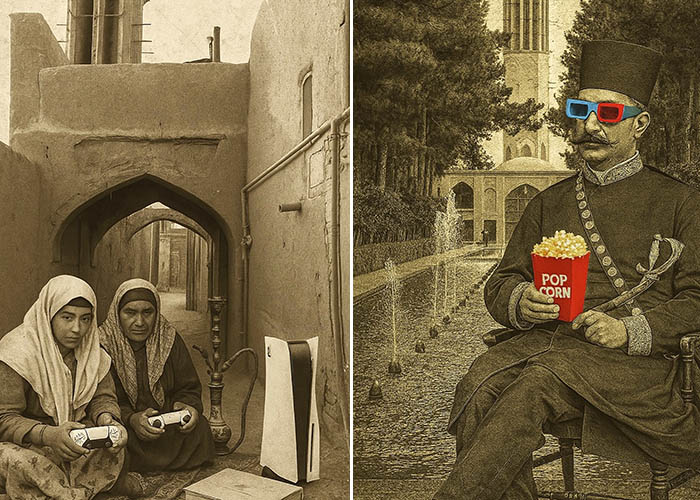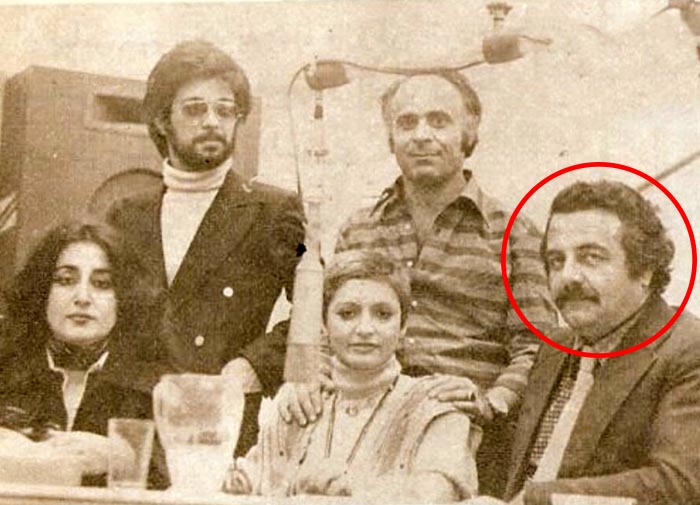Leaked Images from the Archives of Time: A Journey into the Qajar Era and Beyond
The Qajar Era: An Overview
Historical Background
The Qajar dynasty ruled Persia (modern-day Iran) from 1789 to 1925. This period was marked by significant political upheavals, artistic achievements, and interactions with Western powers. The Qajar era is often remembered for its distinctive art, intricate architecture, and rich cultural heritage.
Artistic and Cultural Significance
Qajar art is renowned for its detailed miniature paintings, elegant court scenes, and elaborate textiles. The period also saw the development of photography, which captured the faces of Iranian society, from royalty to commoners. These images serve as vital historical records, providing insight into attire, customs, and social hierarchies.
Fashion and Lifestyle in the Qajar Period
Traditional Qajar fashion was characterized by luxurious robes, intricate jewelry, and distinctive headgear. Men wore long tunics and trousers, while women adorned themselves with lavish dresses and elaborate accessories. The aesthetic was opulent, emphasizing status and cultural identity.





